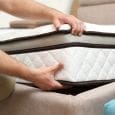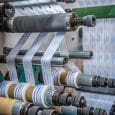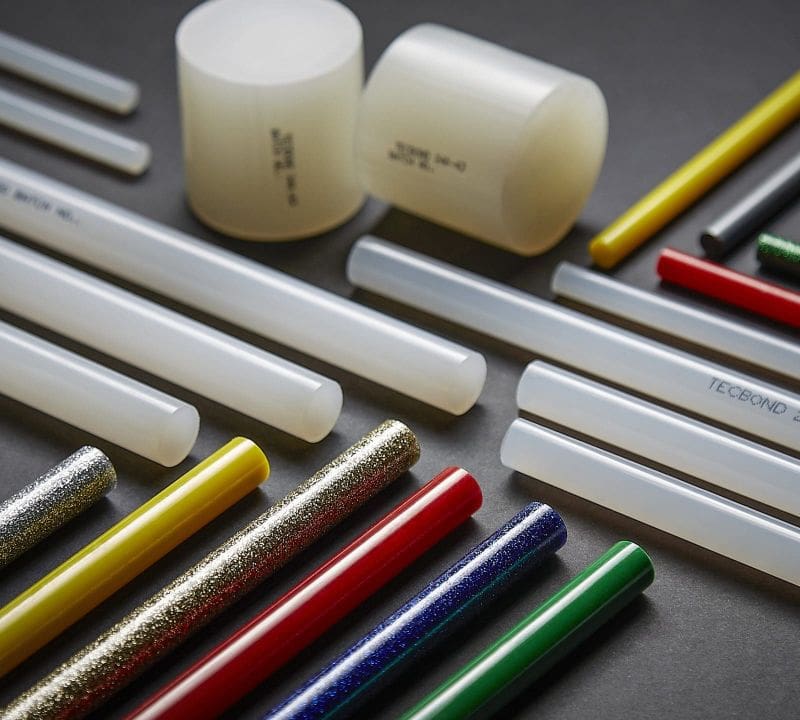Open time: What is it and what affects it?
You may have heard the phrase “open time” when reading about adhesives but not know what it means or what it represents. Open time is an important factor to consider when choosing the correct adhesive for the job. Below, we will go into what open time is and why your use cases and working conditions can affect it.
What is open time?
Open time is defined as the length of time after application in which an adhesive can still be manipulated. In a more basic sense, open time is the amount of time you have between applying the adhesive, and it solidifying to the point where it won’t bond to another substrate.
When looking at the open time of an adhesive, it is important to look at how long it typically takes to complete the entire process of bonding materials, also known as the process open time. For example, if you are using an adhesive for carton closing, the process open time would include dispensing adhesive onto the carton, putting the applicator down, and then closing the carton to form the bond. It is therefore important to choose an adhesive with an open time longer than the process open time.
Hot melts differ from other forms of adhesive in that their open time is based on how long it takes the adhesive to cool and turn back into a solid. Other adhesives open times are based on curing or drying speeds.
An adhesive’s open time will usually be displayed somewhere on the packaging or in the product’s technical data sheet. It is, however, worth noting that there is no set method within the adhesives industry for testing open time. This means that most manufacturers will have their own set of tests to determine open time.
What affects open time?
Understanding what factors influence an adhesive’s open time is crucial for ensuring optimal bonding performance.
When manufacturers conduct their open time tests, they will always try to ensure the conditions of the test remain constant throughout. However, as mentioned previously, with no set testing method for adhesive manufacturers, each company has their own conditions, which means another company may end up with a completely different result.
With hot melts specifically, everything is based on the temperature and cooling speed of the hot melt. For this reason, the most common factors that affect their open time are ambient temperature, substrate material, application temperature and application volume.
Ambient temperature will greatly affect the speed at which hot melts begin to cool and solidify. In warmer conditions, hot melts will stay molten for longer, resulting in an extended open time. Conversely, in colder environments, the hot melt will cool quicker, decreasing its open time.
This is much the same with the substrates being bonded. The colder the surface temperature of the substrate, the quicker the adhesive will solidify. Substrates such as metal are also very thermo-conductive meaning they will draw the heat energy from the adhesive much faster than fabrics for example.
An open time factor unique to hot melts is the application temperature. Much the same as the temperature conditions of the room or substrate, the lower the application temperature, the faster the adhesive will reach its solidification temperature, decreasing open time. The low melt formulations in the tecbond range such as LM41, LM42 and LM46 are designed to have similar open times as many of the regular tecbond grades but at lower temperatures. For example, LM46 has a similar open time to tecbond 240 but is designed to be applied at 130°C as opposed to 195°C.
Lastly, there is the amount of adhesive applied. Larger volumes of adhesive in a single area will retain heat and take longer to cool. This is why in carton closing applications, we advise users to apply a smaller bead to the carton before closing. This gives users enough adhesive to provide a strong bond without long waiting times for adhesives to set.
In conclusion, adhesive open time plays a crucial role in many industries, from construction to manufacturing. By considering the above factors and conducting proper testing, professionals can select the most appropriate adhesive and application technique to achieve desired results.
For more information about the tecbond adhesive range, please speak to our dedicated sales team who can guide you to the right adhesives and applicators for your task.
+44 (0)1268 885801



























Leave a Reply